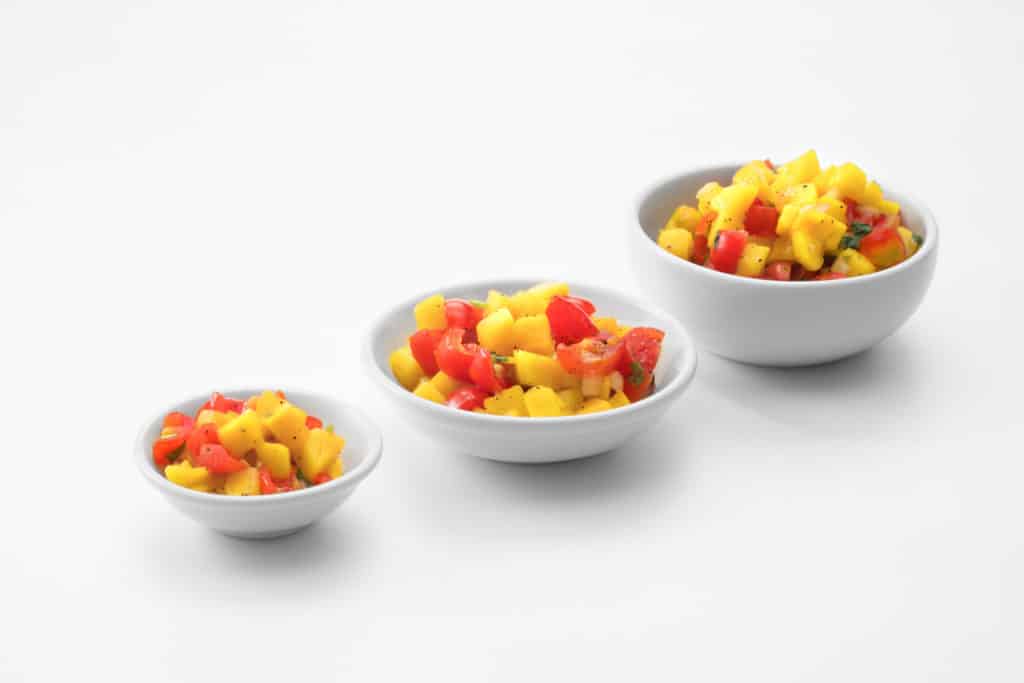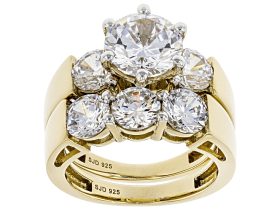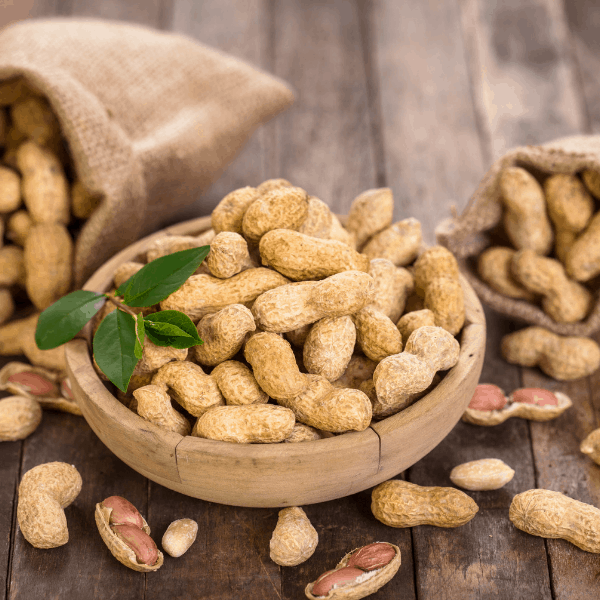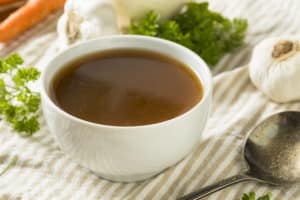How Is Dijon Mustard Made?
Each dijon mustard and its extra plain predecessor originated from France a number of centuries in the past, though the earliest varieties of mustard could be traced again to the Romans. At one level, the town of Dijon, France was the nation’s designated district of mustard manufacturing.
Regardless of this, all mustard is just not generally known as “dijon mustard.” Not all mustard varieties are even French. It refers particularly to a recipe developed within the nineteenth century by the Dijon native Jean Naigeon.
He took the standard technique of making ready mustard and changed the vinegar element with verjuice, an acidic, bitter juice pressed from unripened grapes. In fashionable cooking, verjuice can generally be used as a vinegar substitute for salad dressings. Most commercially bought dijon mustards listing their primary elements as vinegar, mustard seed, and water and now not make the most of the unique verjuice recipe.
Dijon Mustard Components
Particular dijon mustard elements differ by model or recipe however are very simple in essence.
- Brown mustard seed, which has a stronger, barely spicier taste than yellow/white seeds.
- Verjuice or white wine can be utilized as a substitute — vinegar mixtures work as effectively however usually are not conventional.
- A serving to of salt, typically a little bit of sugar, and different spices or seasoning.
How Is Mustard Made?
The reply to the query, “How is mustard made?” stays largely the identical for practically each number of mustard, whether or not dijon, yellow or deli. Preparation is easy.
Mustard seeds, which can be utilized entire, floor, or anyplace in between, are combined into and soaked in a shower. The bathtub could be plain water, chilly or sizzling, or vinegar, lemon juice, wine, verjuice, or any mixture. After a number of minutes, the combination could be moreover seasoned, however the base style and texture are decided by the sort of seed and bathtub that have been used.
Widespread Meals with Dijon Mustard
Because of its savory however versatile style, dijon mustard has develop into widespread as a supplemental ingredient in recipes, simply as paprika or allspice may. It really works standalone as a sandwich unfold, dipping sauce, or whisked into some eggs, too.

However there are numerous recipes to include dijon mustard into your cooking, from greens to meats to potatoes.
- Salad Dressing: Acidic sufficient to typically be used rather than vinegar for a creamier choice, dijon mustard also can assist stabilize the vinegar base of a French dressing. It acts as an emulsifier to forestall separation.
- Marinade: Mixing dijon, honey, and lemon, plus spice of your selecting whips up a easy, fairly wholesome marinade very quickly flat. Or add it right into a puree so as to add somewhat kick and not using a trace of warmth.
- Cheese: Whether or not a tacky dipping sauce or crucial a part of macaroni and cheese, a touch of dijon will brighten up and add curiosity to a traditional with out weighing it down with further energy or fats.
- Glaze: A single tablespoon of dijon mustard will add a savory chunk to candy glaze, or a tangy taste to some other favourite glaze recipes.
Well being Advantages of Dijon Mustard
For probably the most half, dijon mustard affords no tangible well being advantages.
Consuming a spoonful of mustard, for instance, wouldn’t present sufficient each day worth of vitamins to be worthwhile. Dijon and conventional yellow mustard do include increased quantities of some minerals similar to potassium, selenium, manganese, and thiamine, however nonetheless not sufficient to be a helpful supply.
Essentially the most vital well being advantages of dijon mustard are incidental: it’s a flavorful, low-fat condiment with low energy and no ldl cholesterol.
Dijon Mustard vs. Yellow Mustard
By way of taste, it’ll undoubtedly come down to private style. Dijon mustard shall be sharper and extra distinct, however yellow mustard already packs probably the most kick when in comparison with mayonnaise and ketchup. The selection might additionally change the flavour profile of traditional favorites — a sizzling canine with out yellow mustard could also be a bridge too far for some.
What’s the More healthy Alternative?
Undoubtedly, plain yellow mustard is extra health-conscious than dijon if questions of taste are stripped away. With extra sodium and no extra diet, dijon loses face to face. You gained’t be consuming them in massive sufficient portions to do actual injury, but when sodium consumption is a priority, keep on with yellow mustard to remove the concern.
Nevertheless, if getting used to taste or costume a dish (versus getting used a condiment), dijon could present as a lot daring style with fewer energy and fewer ldl cholesterol than comparable dressings. Then it might be the fitting alternative for the scenario.
Different Mustard Varieties
All mustard, made out of mustard seeds, may have comparable dietary values, however it’s nonetheless crucial to examine particular person labels for every model’s elements and diet information.
Honey mustard, for instance, could be dijon or yellow mustard with a 1:1 ratio of honey added into the recipe. Or it might be sweetened with extra sugar on high of that. Deli mustard appears to include rather less sodium than dijon general and is often combined with horseradish, which affords its personal constellation of purported dietary advantages.
Dijon Mustard vs. Different Condiments
 Dijon mustard compares effectively with mayonnaise and ketchup and appears about equal to relish nutritionally.
Dijon mustard compares effectively with mayonnaise and ketchup and appears about equal to relish nutritionally.
Mayonnaise has way more energy, ldl cholesterol, and complete fats, and solely considerably much less sodium than dijon mustard. It additionally boasts much less potassium and protein, though they’re nonetheless solely present in small quantities in dijon as effectively.
Ketchup has the benefit in that it’s extensively obtainable in all types of configurations — sugar-free, low-fat, low sodium, and so forth.
Nevertheless, a typical serving of normal ketchup is corresponding to dijon mustard when it comes to energy, ldl cholesterol, sodium, and iron. It has much less complete fats and normally extra carbohydrates and sugar. It’s lacking the hint quantities of nutritional vitamins and minerals that mustard packs, other than Vitamin A, of which it has greater than dijon.
Your common relish competes with dijon mustard on mainly all ranges: they’ve comparable diet relating to energy, ldl cholesterol, fats, sodium, and their combination of nutritional vitamins and minerals in small quantities. Relish has extra carbohydrates and sugars than many dijon mustards.
Wholesome Dijon Mustard Substitutes
The perfect dijon mustard substitute is just to interchange it with completely different mustard. You needn’t sacrifice the wealthy, tangy style of mustard altogether to make a barely more healthy alternative.
- Dijon mustard’s greatest pitfall is its sodium content material; brown deli mustard or plain yellow mustard tackle this.
- Turmeric may additionally mimic the flavors dijon provides to a dish and has no dietary downsides, however it gained’t be a textural match for dressings or sandwich spreads.
- In a pinch, honey mustard could be your greatest dijon mustard substitute for emulsifying functions, because it ought to present the smoothest alternate taste and creamiest texture.











